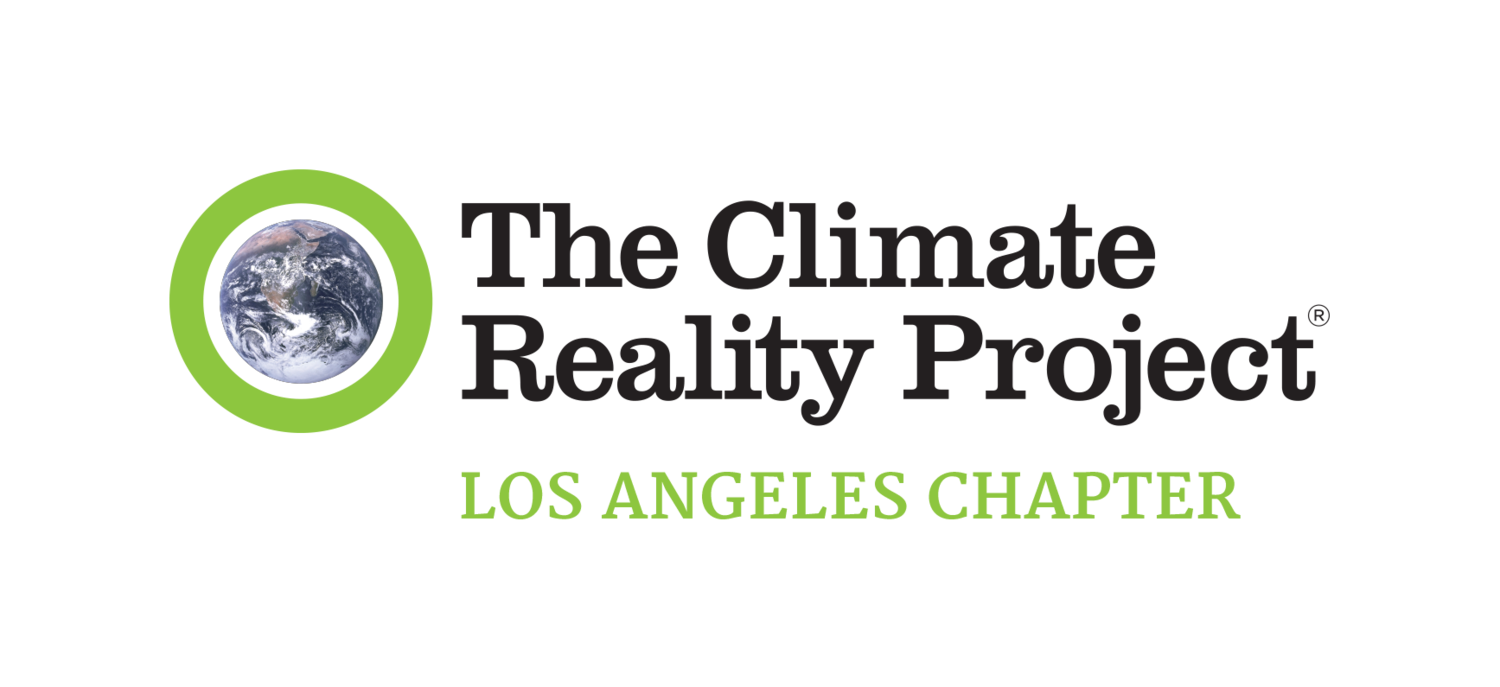Mitigating California Drought and Securing Water Abundance
By Andy Hattala, February 2023
The majority of Los Angeles continues to experience or be threatened by severe or extreme drought. Meanwhile, imported water sources continue to decline and are not sustainable. Water conservation has traditionally been the touted solution. Recently, however, the city and county have received unprecedented atmospheric rivers and storms prompting devastating floods. As a result of its inadequate infrastructure, the city, like the state of California, is simultaneously experiencing extreme drought and flooding.
Climate change has and will continue to exacerbate already extreme weather including droughts, floods, and storms. The problem, however, is so dire it requires local policies and legislation to go further than they have before. It requires a comprehensive plan to negotiate and shift the dynamic of this issue.
The California Coalition—a branch of The Climate Reality Project that includes the Los Angeles and San Fernando Valley Chapters—has decided to make drought mitigation, flood mitigation, and increased water independence its top priority for 2023.
Los Angeles has already identified policies that can improve draught mitigation for our city. These polices are collected under the umbrella of the One Water L.A. Plan.
Los Angeles must ensure fulfillment of the One Water L.A. Plan, but the city should further strengthen the provisions already enshrined within the plan.
Expand sustainable water infrastructure
A majority of urban, suburban, and municipal water use can be satisfied via sustainable water infrastructure.
Water recycling:
Expand current and new construction of water recycling and reclamation
plants.Build codes that require greywater collection.
Incentivize retrofits that include greywater collection.
Half of San Diego’s water supply is slated to consist of recycled water.
Rainwater harvesting:
Expand areas, methods/techniques, and infrastructure that augment groundwater and reduce flooding.
Mandate or promote the construction and restoration of large cisterns.
Expand the current construction of additional water treatment plants for stormwater runoff.
Install permeable pavement and surfaces.
30%-50% of L.A.’s water needs could be supplied through its annual rainfall if captured and treated.
Improve the electric grid and electric mix
Upgrade to a smart electric grid:
Reduced energy consumption means reduced water usage (for energy generation / cooling purposes).
Deploy increased renewable energy:
Renewable energy does not require water for cooling purposes.
Promote and expand nature-based solutions, naturally inspired infrastructure, and landscaping that mirrors natural designs/systems and increases water retention.
Measures to include:
Incentivize or require native and drought-tolerant landscaping.
Eliminate or ban nonfunctional turf.
Incorporate natural features that collect water and supercharge groundwater stores-bioswales, rain gardens, and increased tree planting/canopies.
The Sepulveda Basin Project, endorsed by both Chapters and the California
Climate Reality Coalition, provides a model roadmap for such approaches.
In addition to requiring both drought and flood mitigation and contingency plans, the City Council could and should require that the city craft and submit a plan for achieving complete or near complete water independence, strengthening and expanding upon the current One Water L.A. Plan.
Beyond this and as discussed, we support cross-city and cross-county collaboration to mitigate drought and flooding regionally and work towards the achievement of regional water independence.
We will continue to look for and advocate for sustainable water practices and policies like those listed above to finally mitigate drought, mitigate flooding, and secure water abundance.

